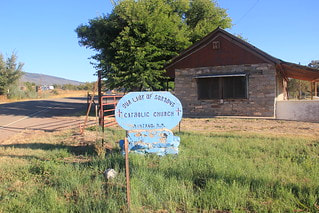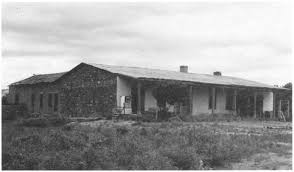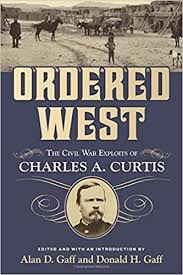
And I really love doing the research. I read over 20 books as I researched The Worst Enemy, the second in my trilogy about the Civil War in New Mexico.
One of the books that I really enjoyed was Ordered West: The Civil War Exploits of Charles A. Curtis.I couldn't use much of what I read in The Worst Enem; by the time Curtis came to New Mexico in 1862, the Confederates had already lost and were heading back south to Fort Bliss, on their way home to San Antonio. Some of What I read might end up in The Famished Country, the third and final book in my series.

Ordered West is available from the Albuquerque Public Library, on Amazon, and through independent bookstores.
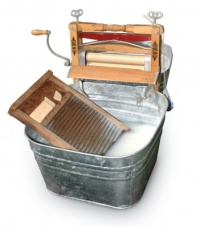
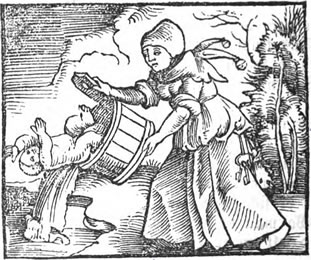


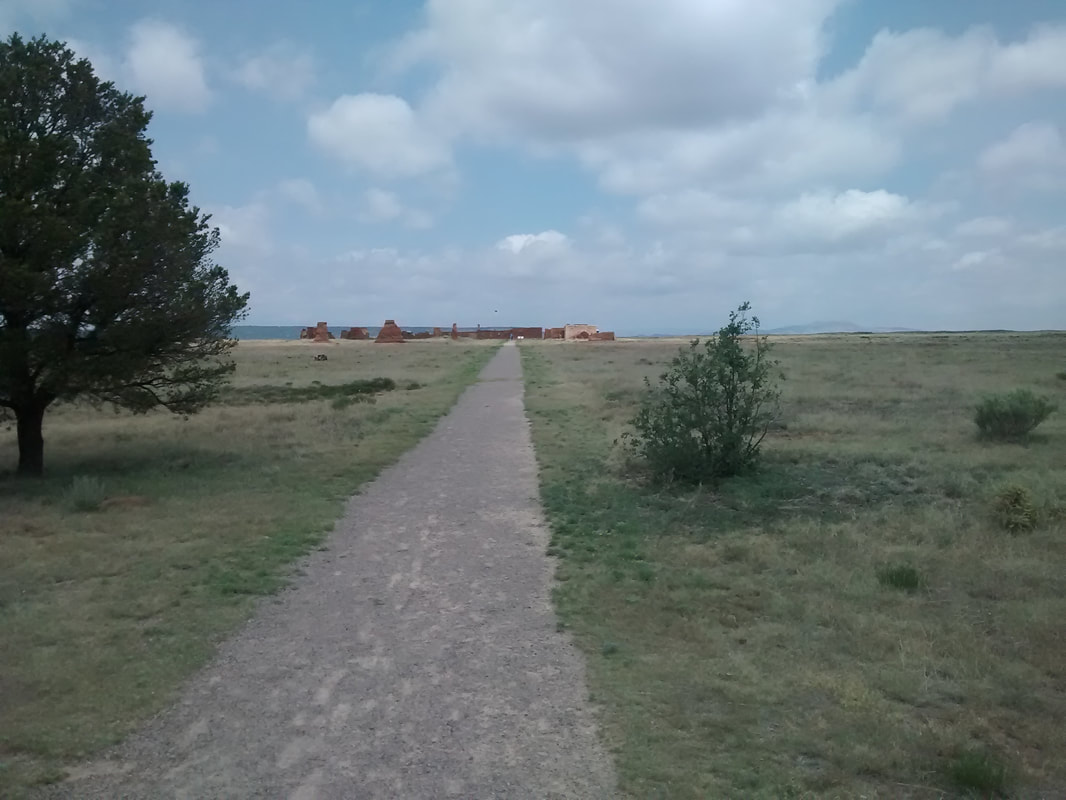
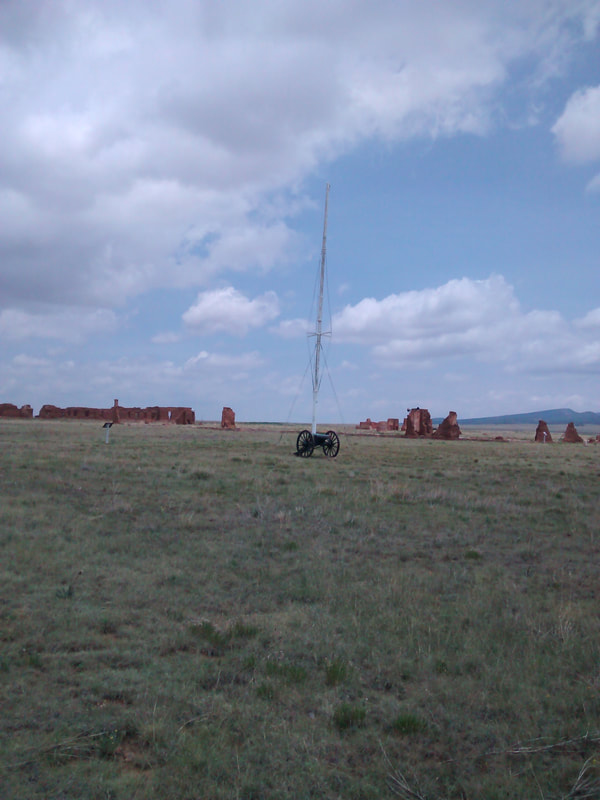
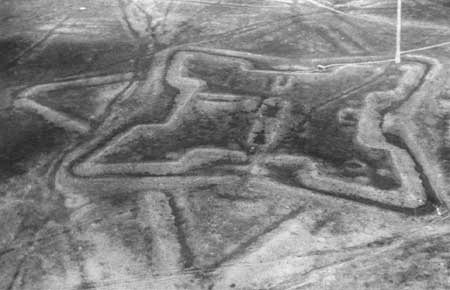

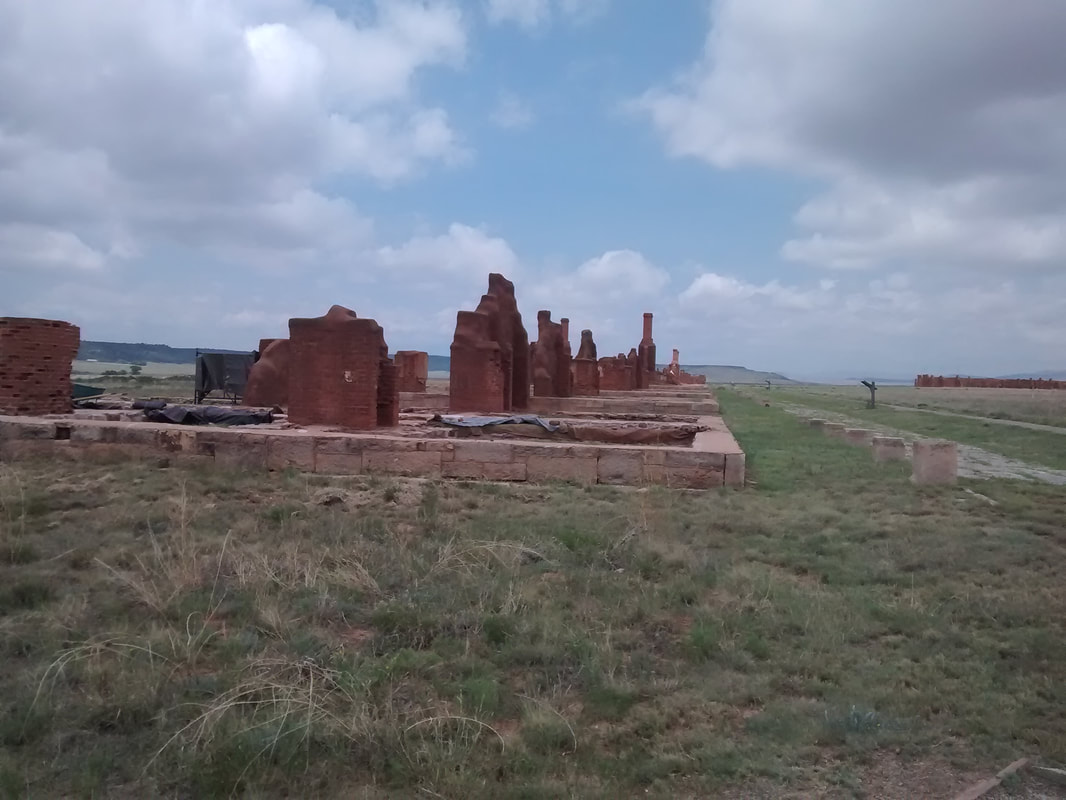




 RSS Feed
RSS Feed 




